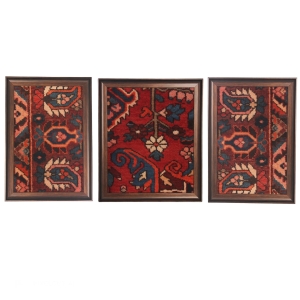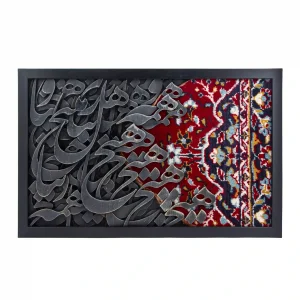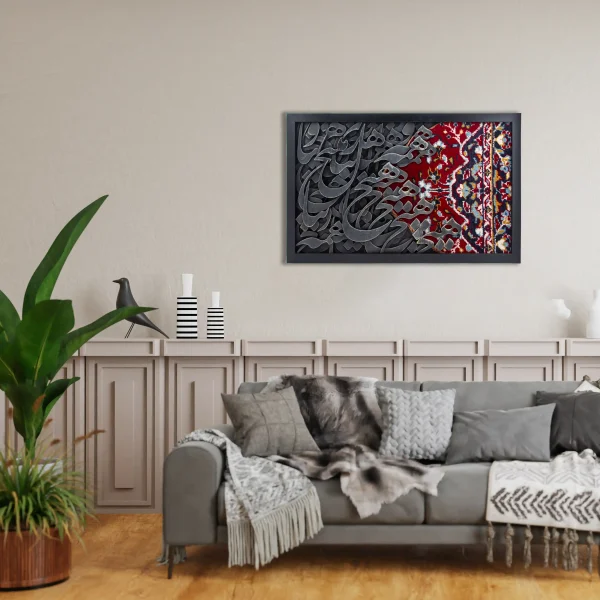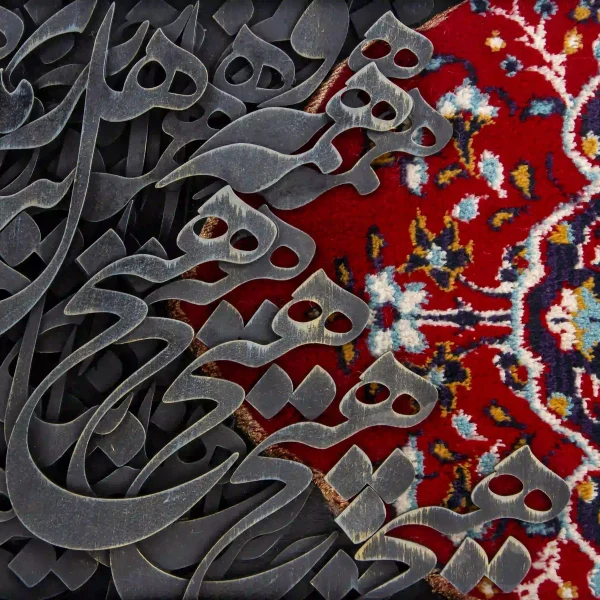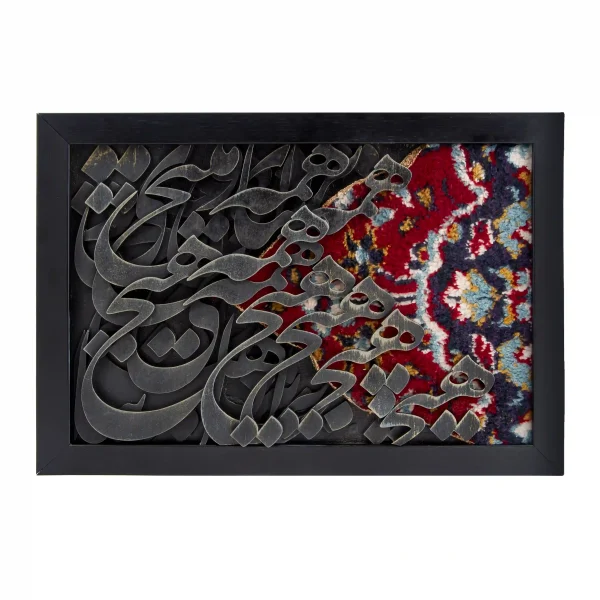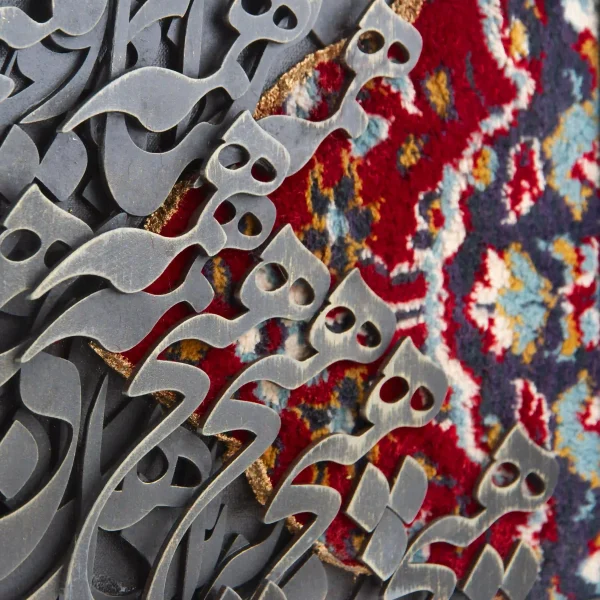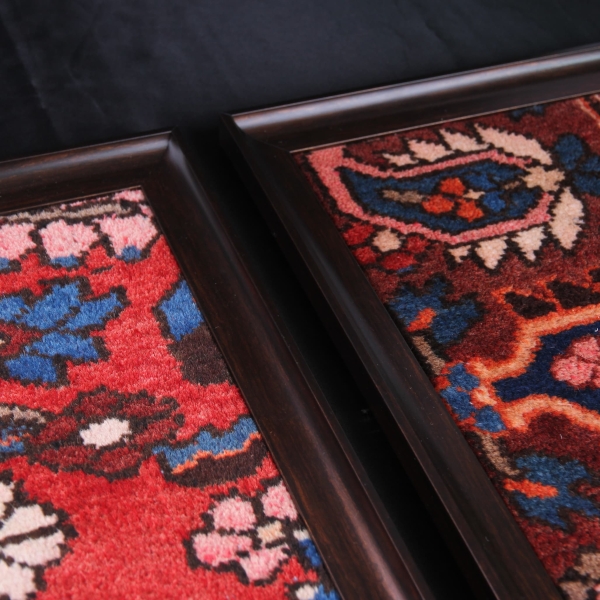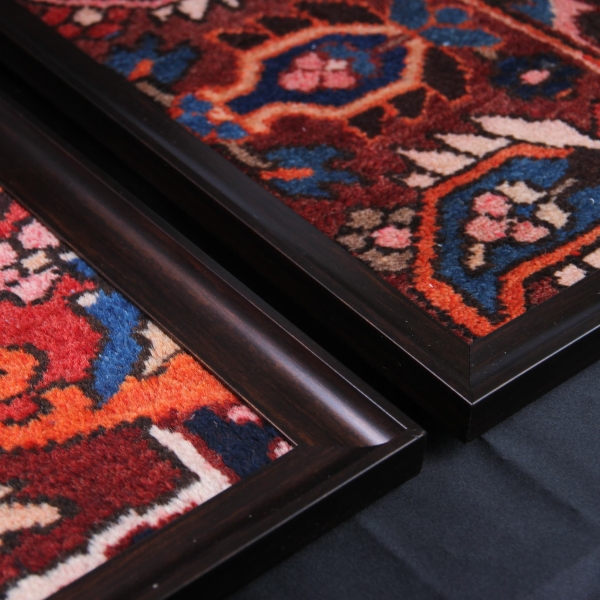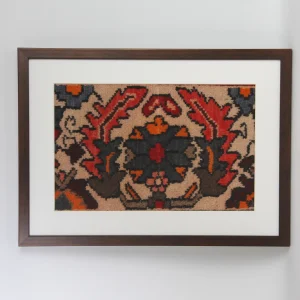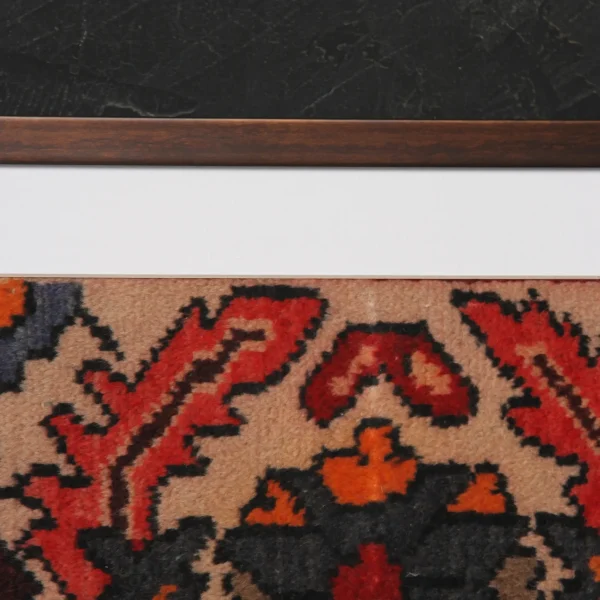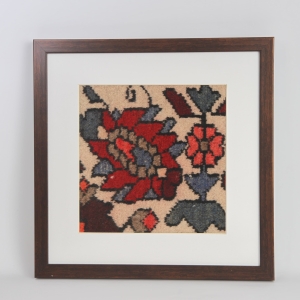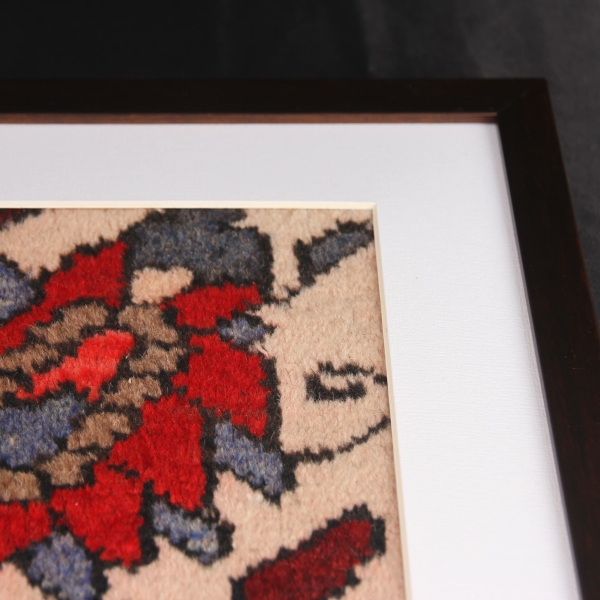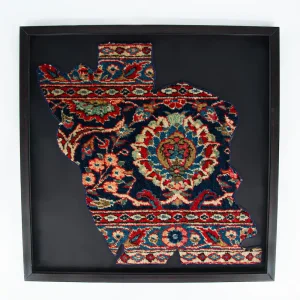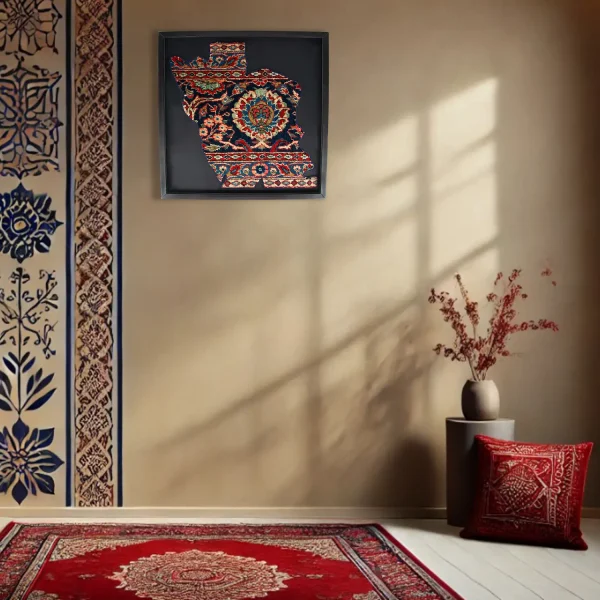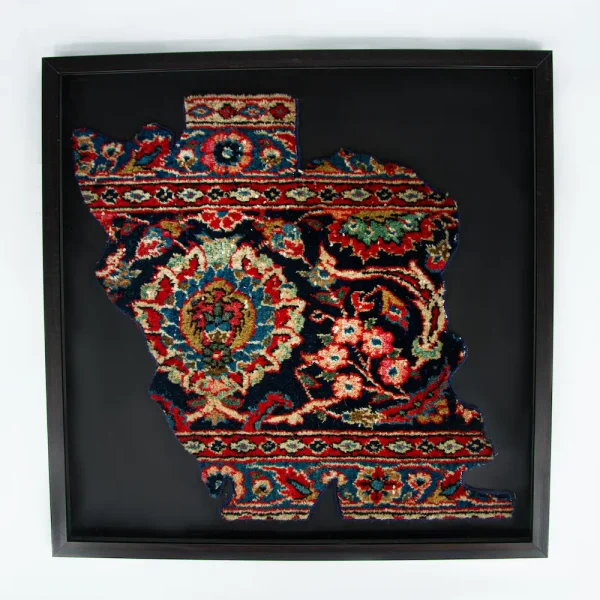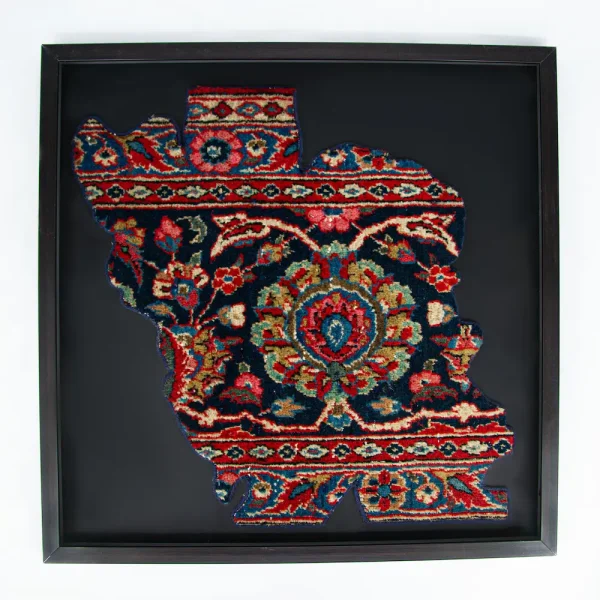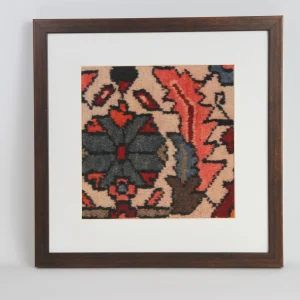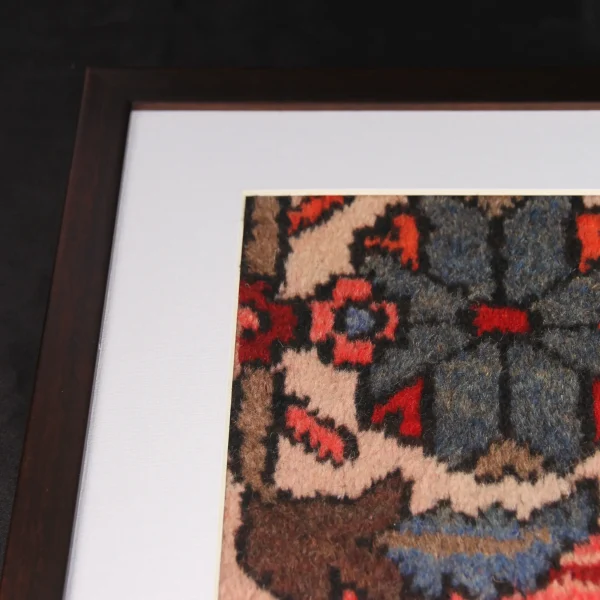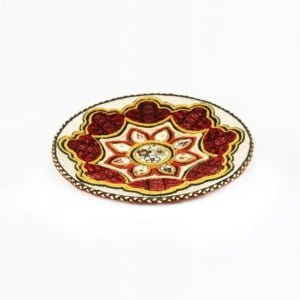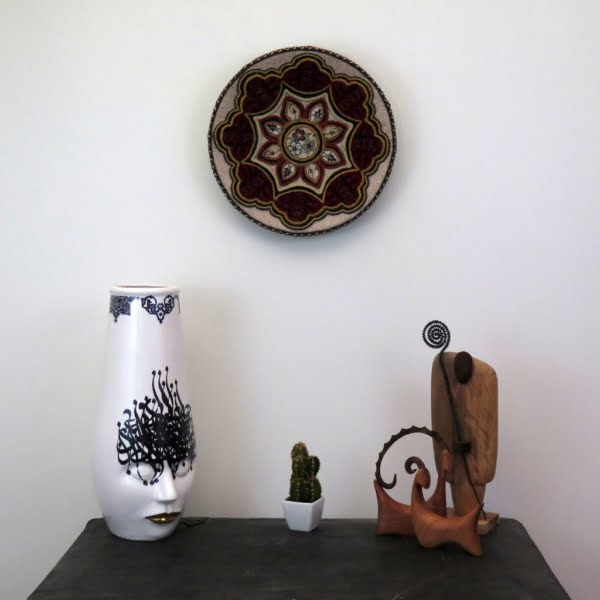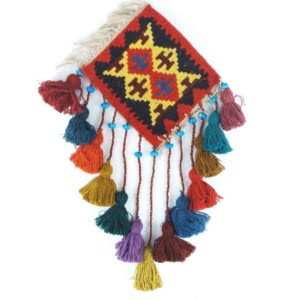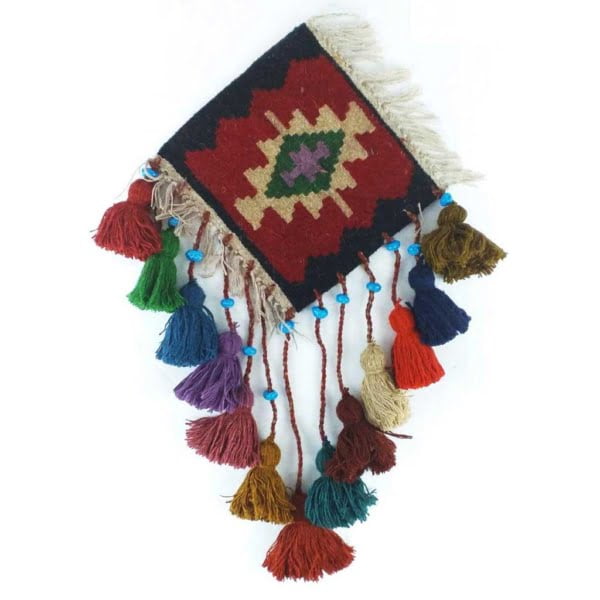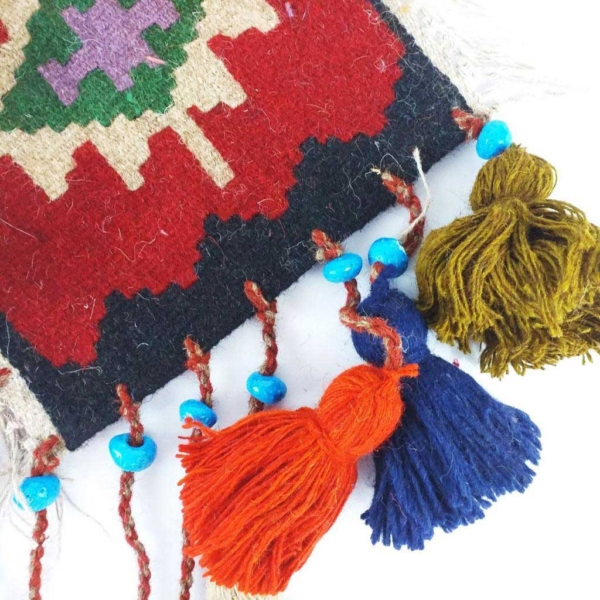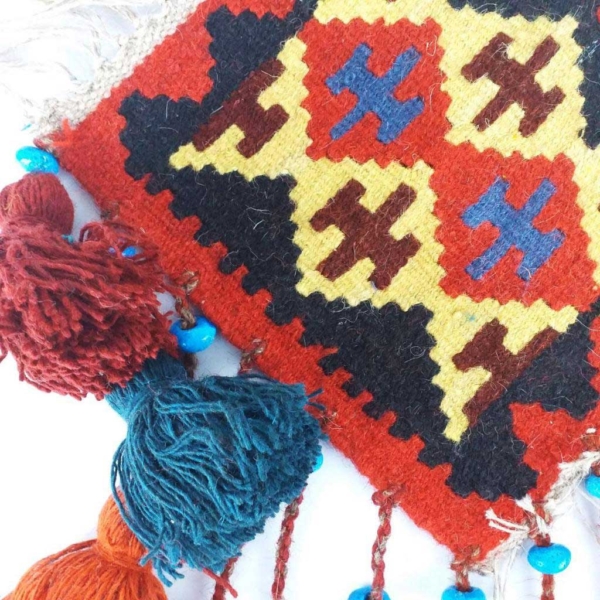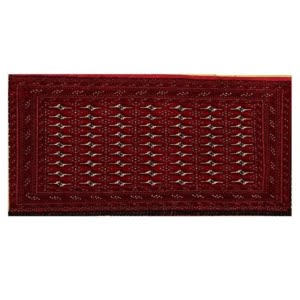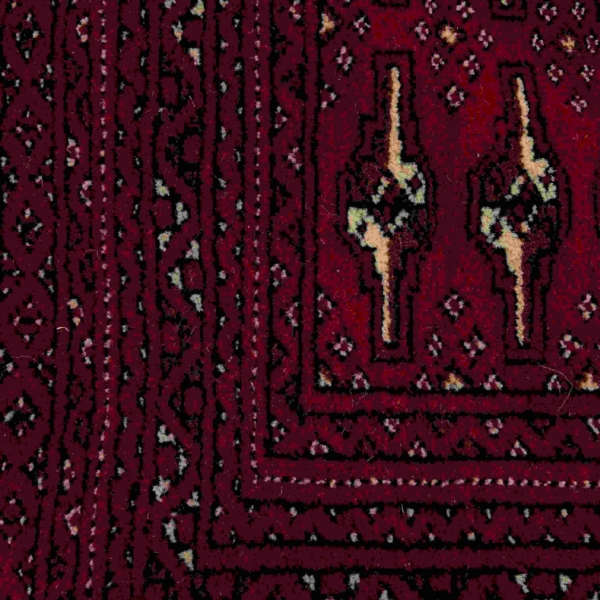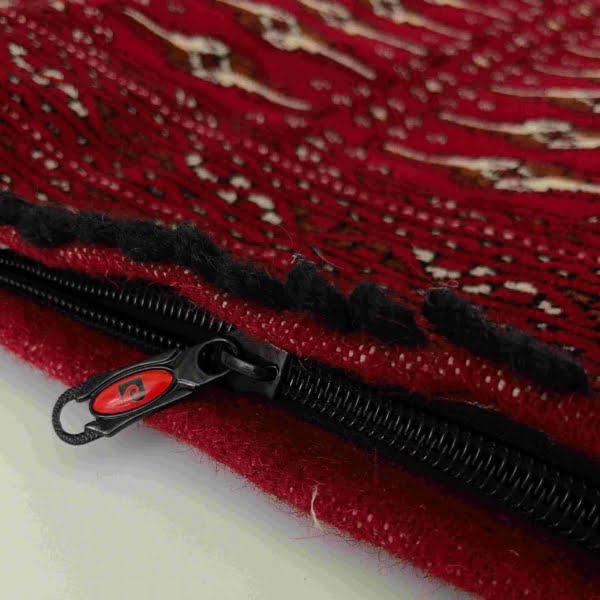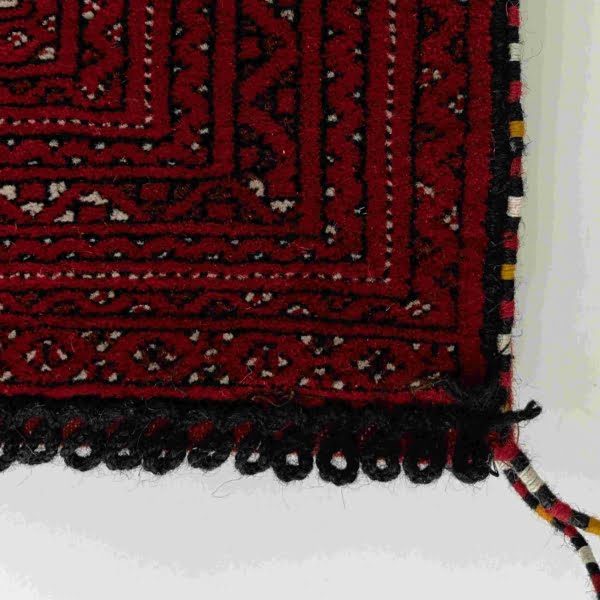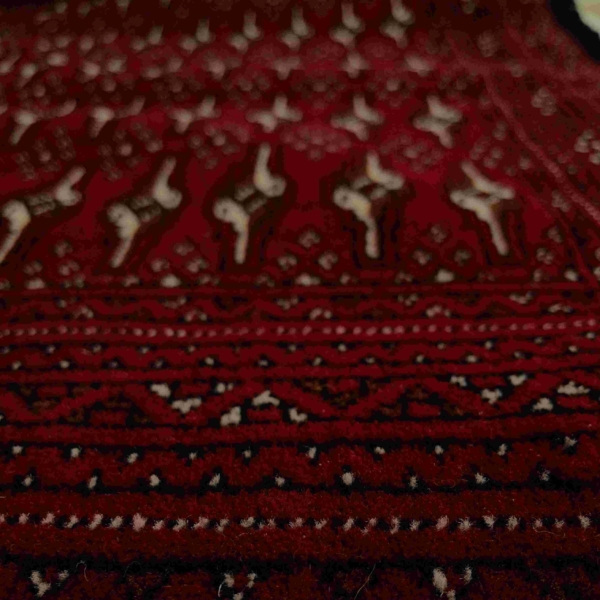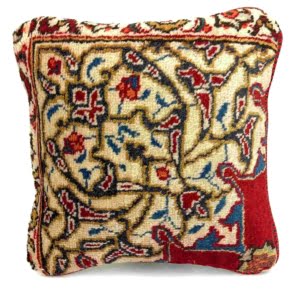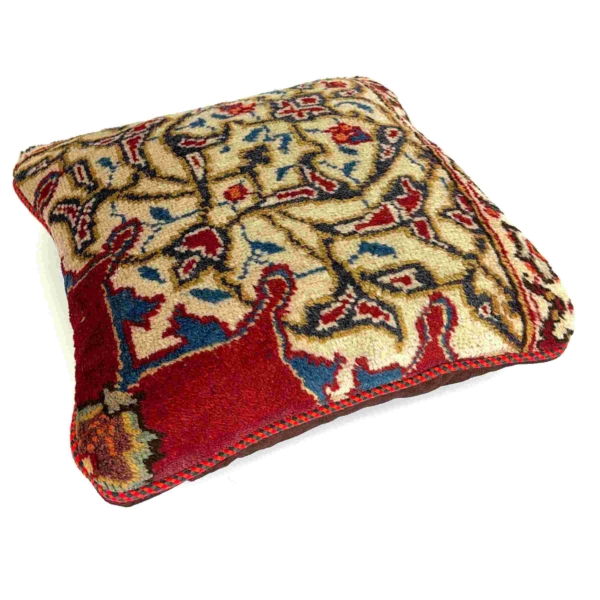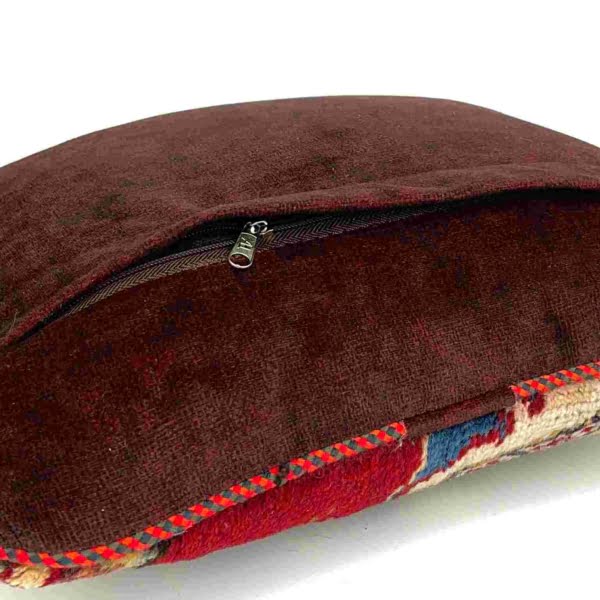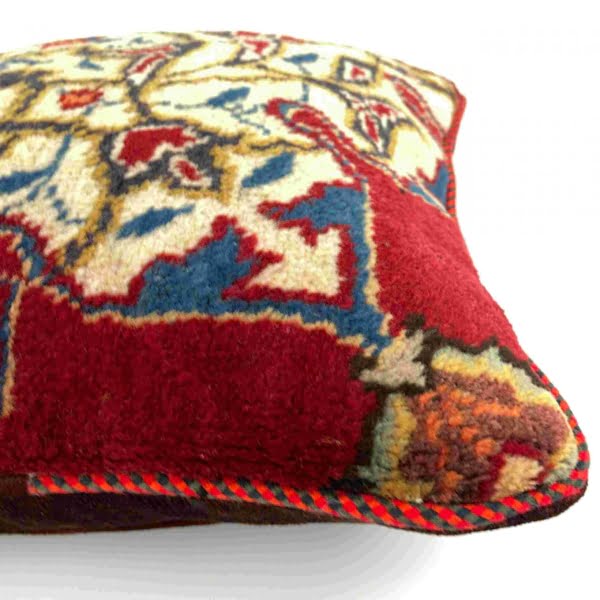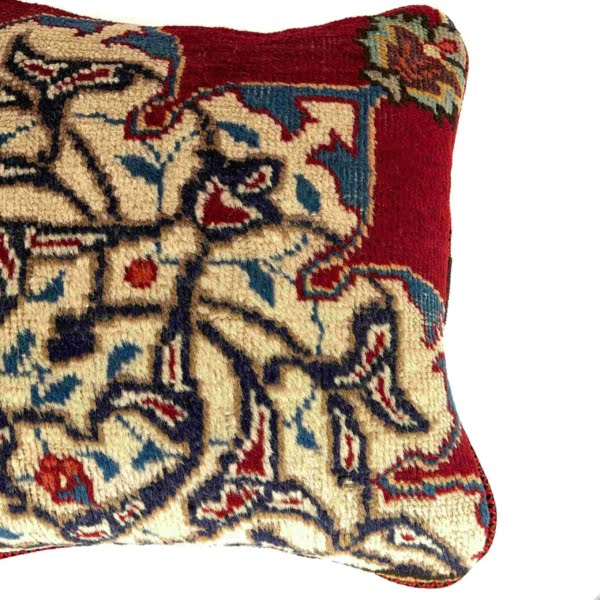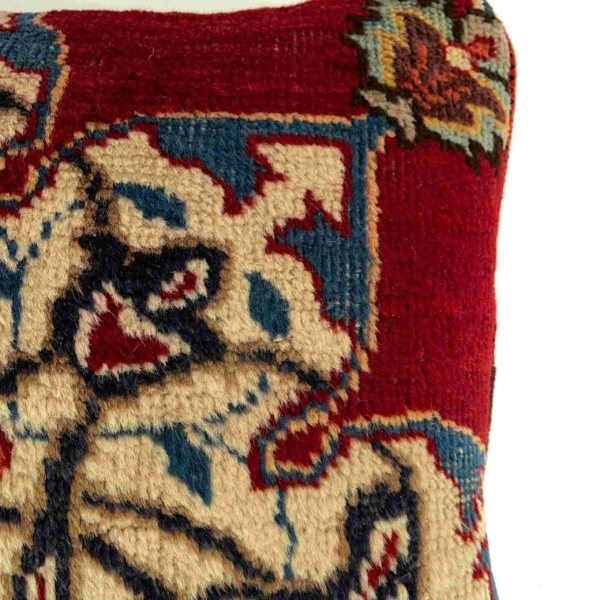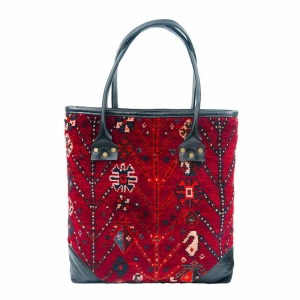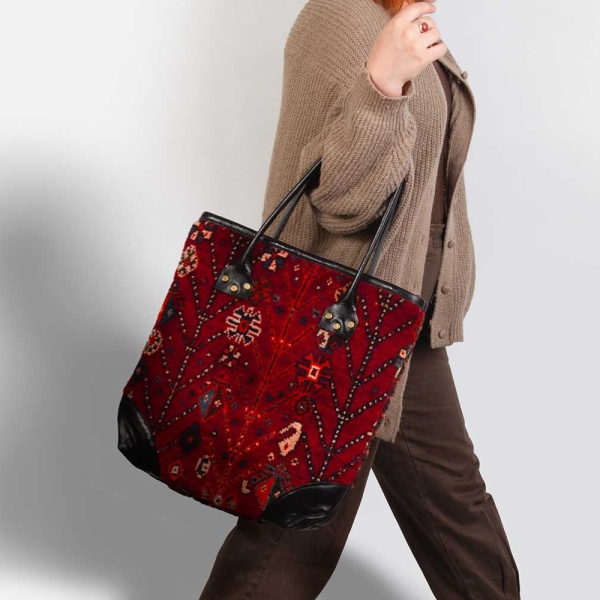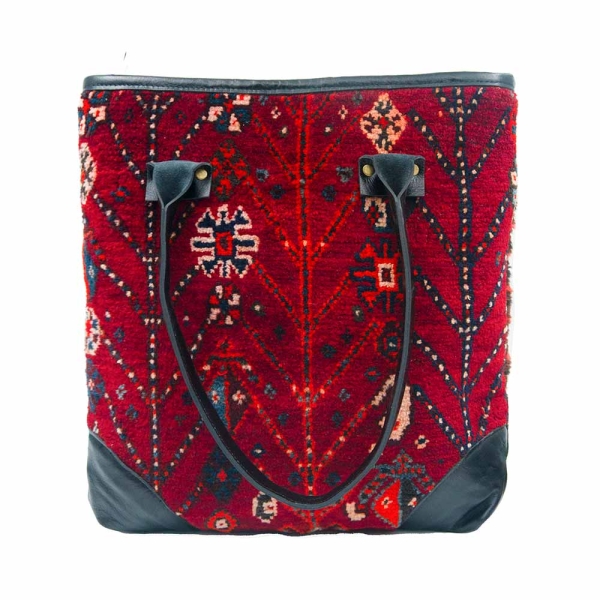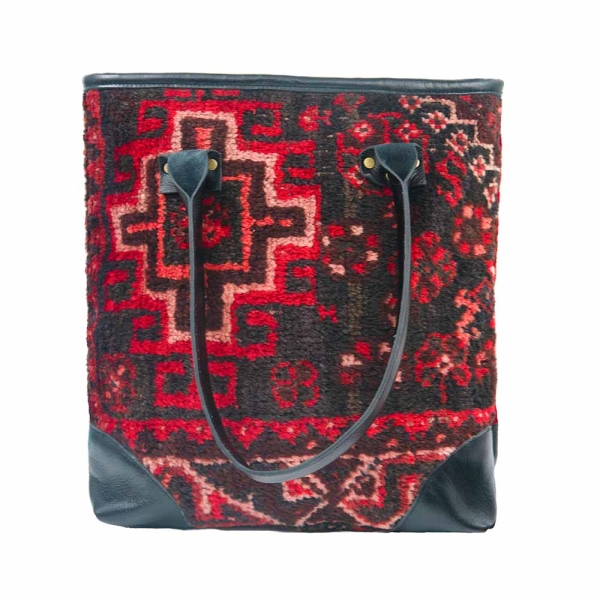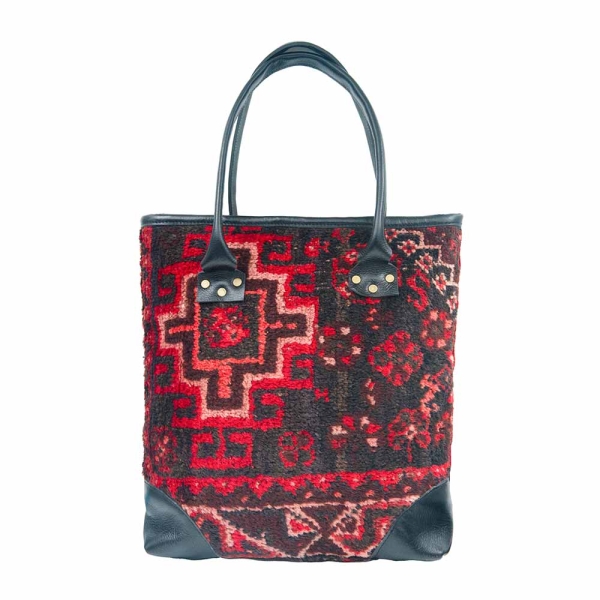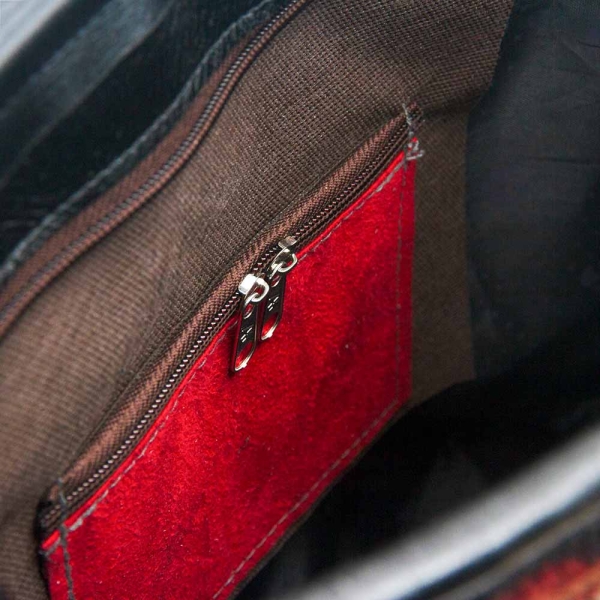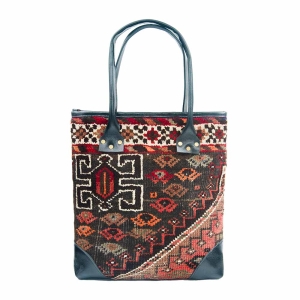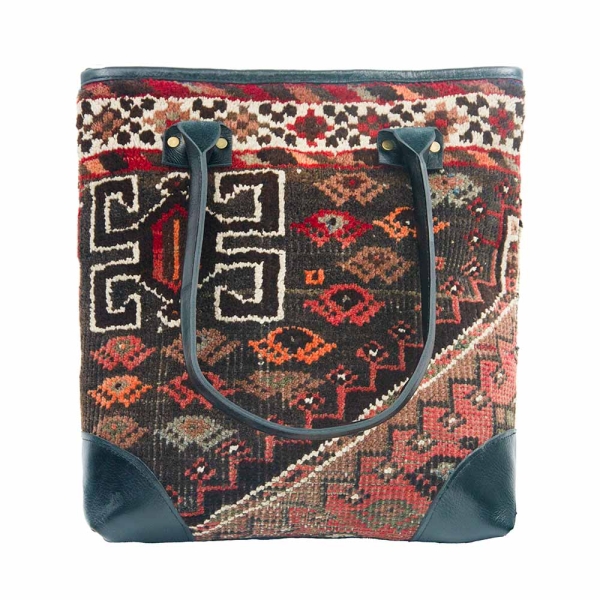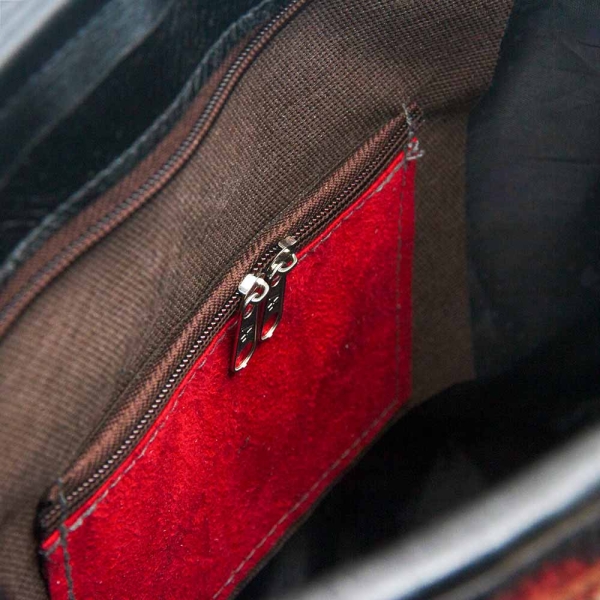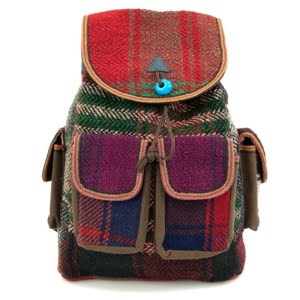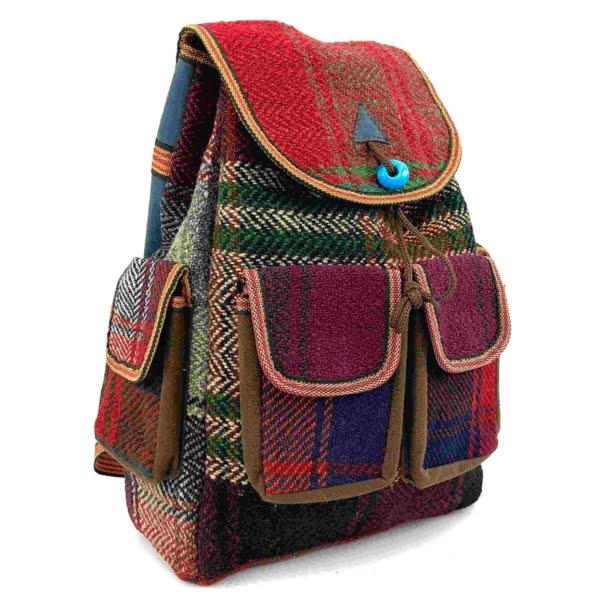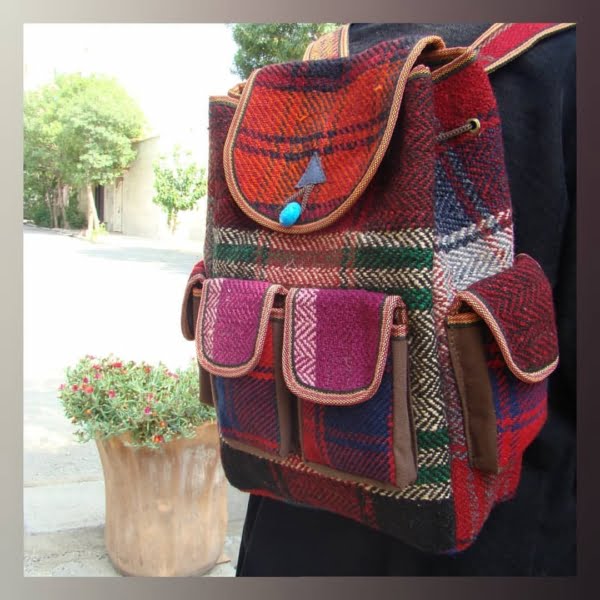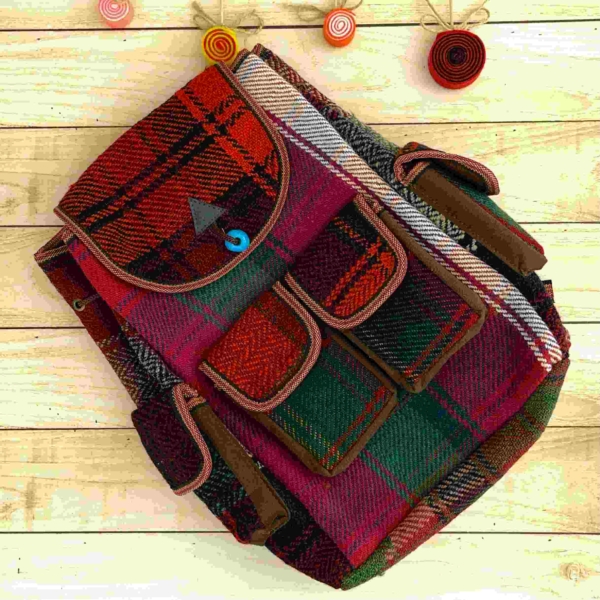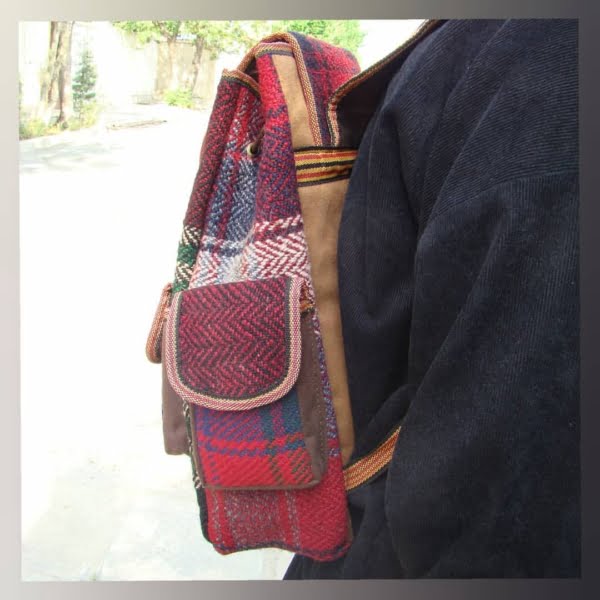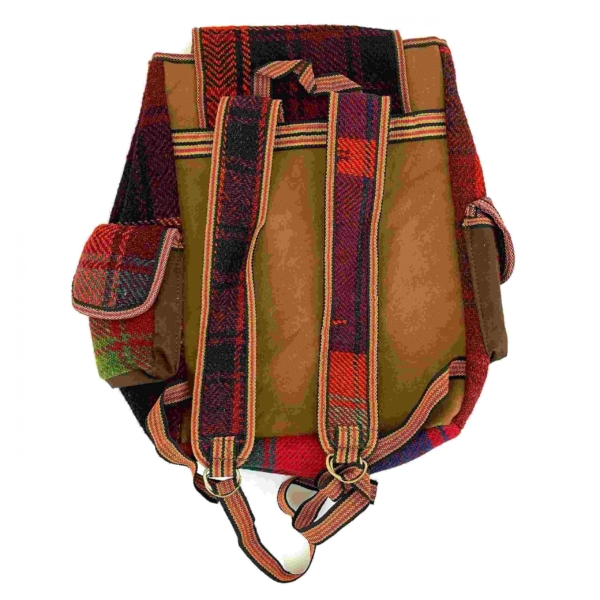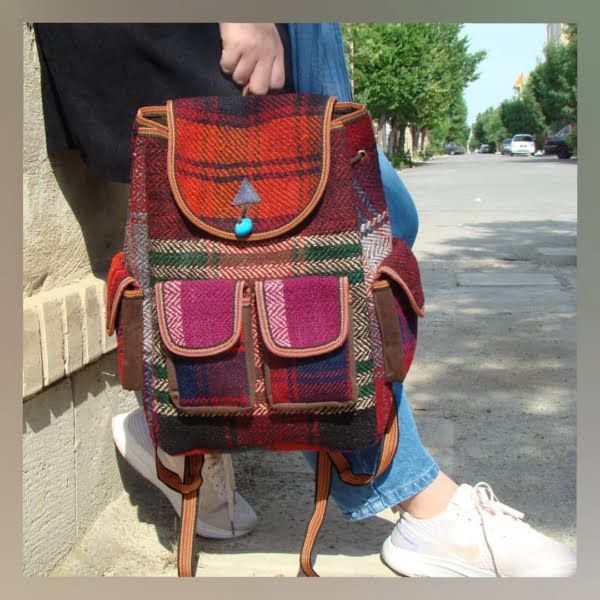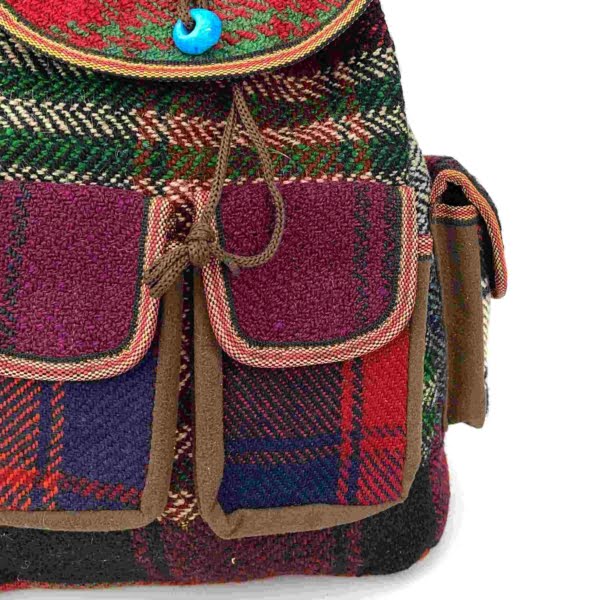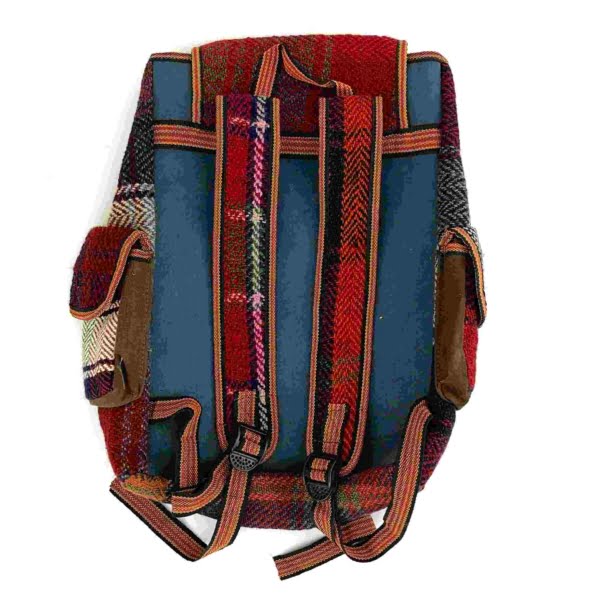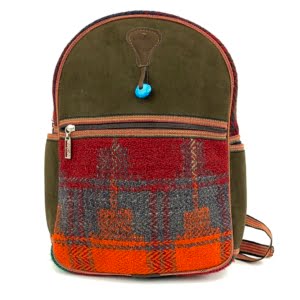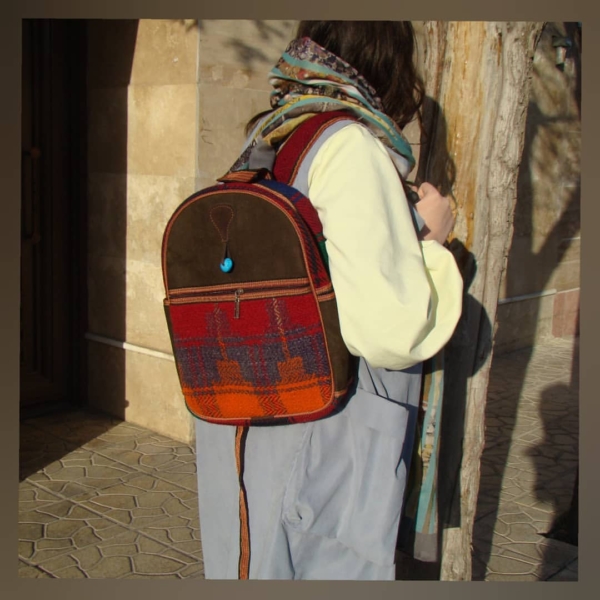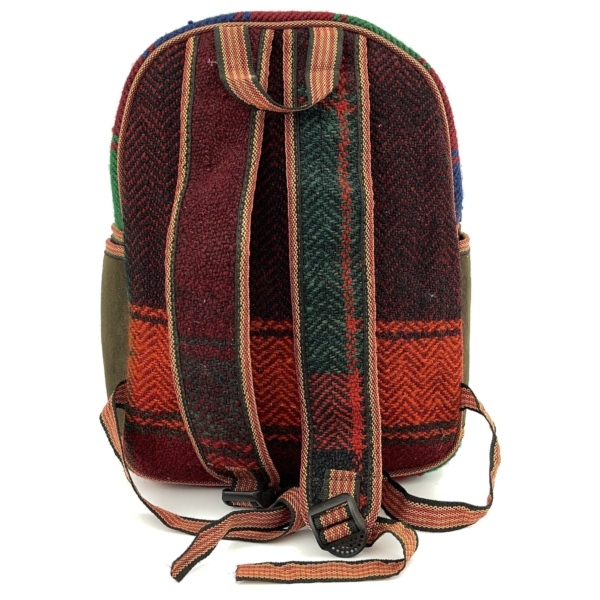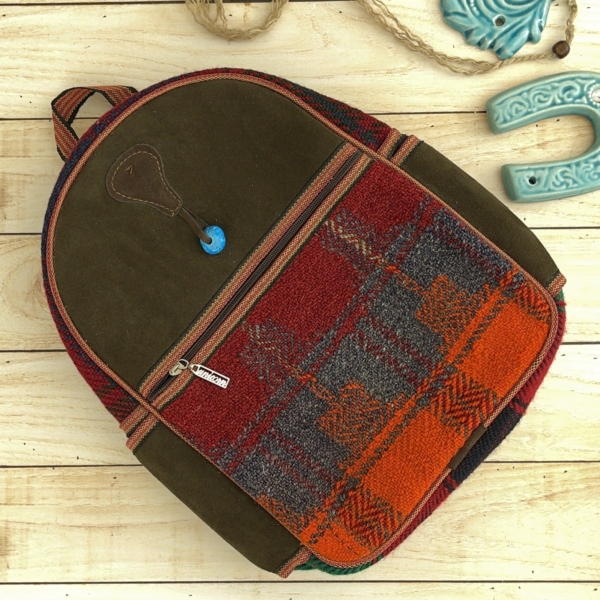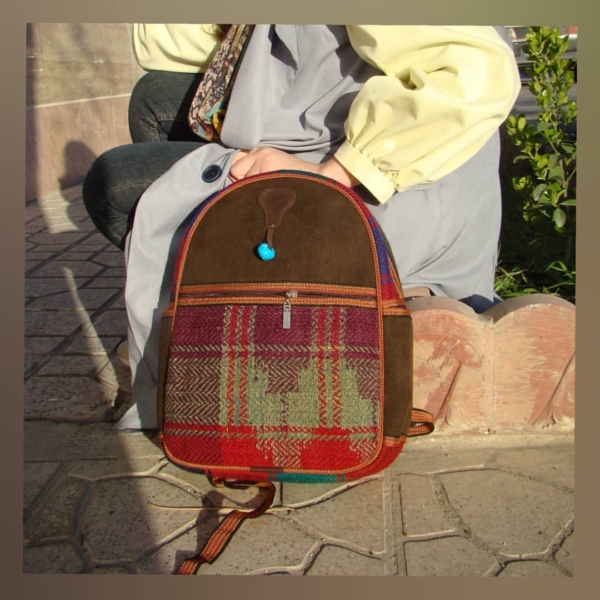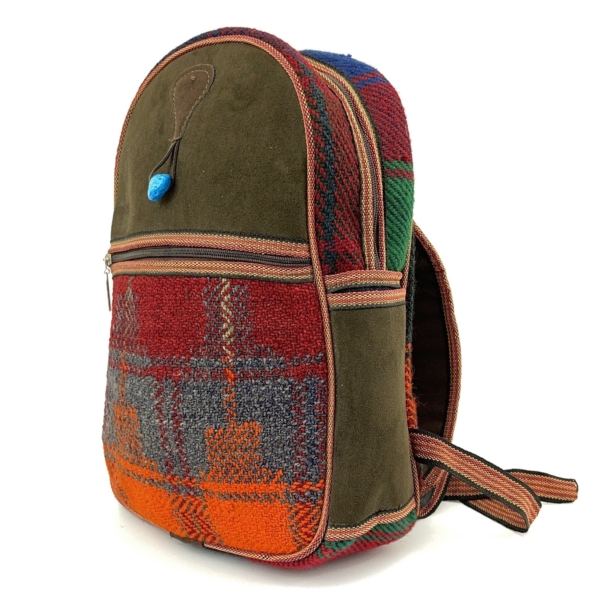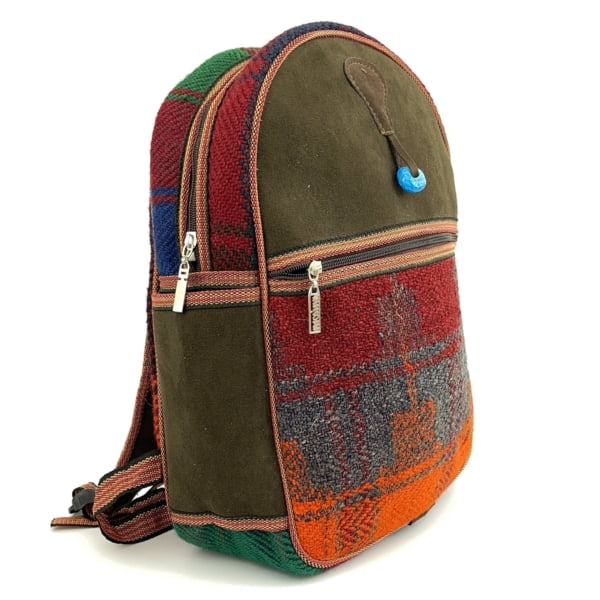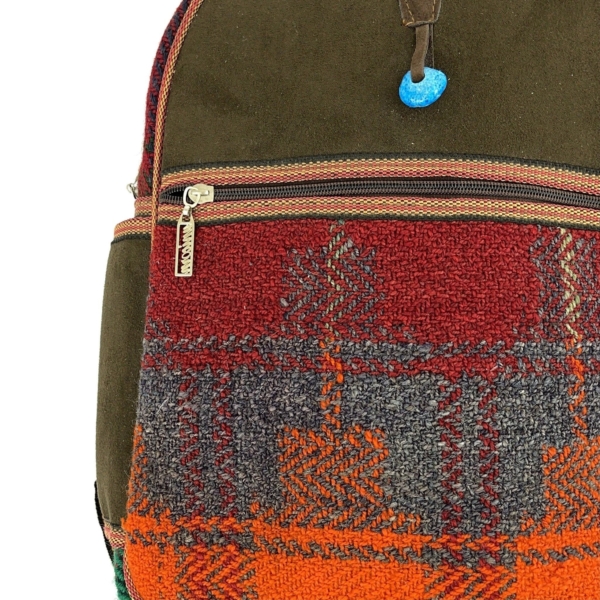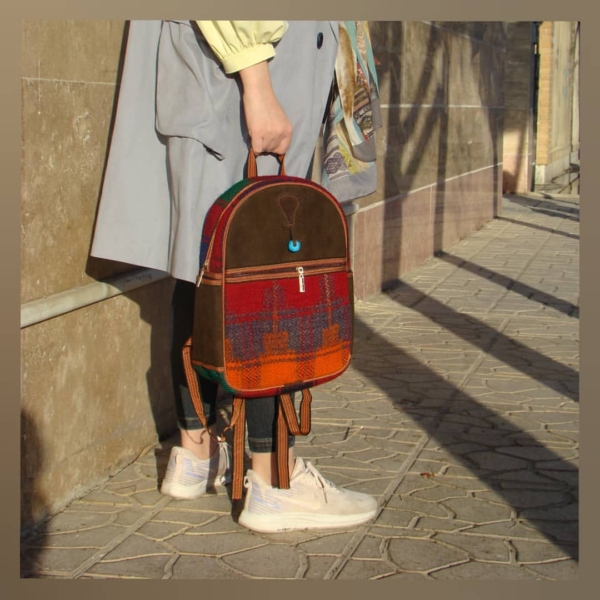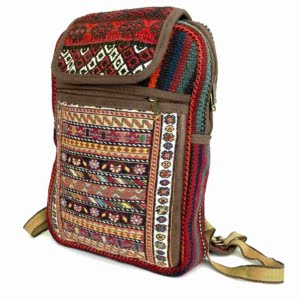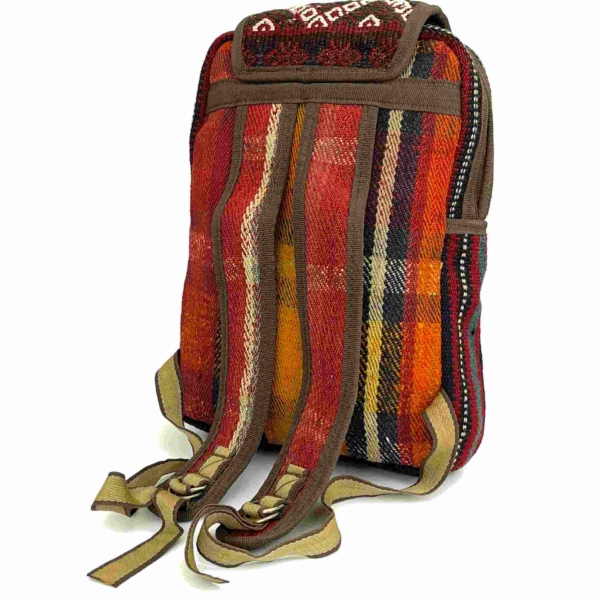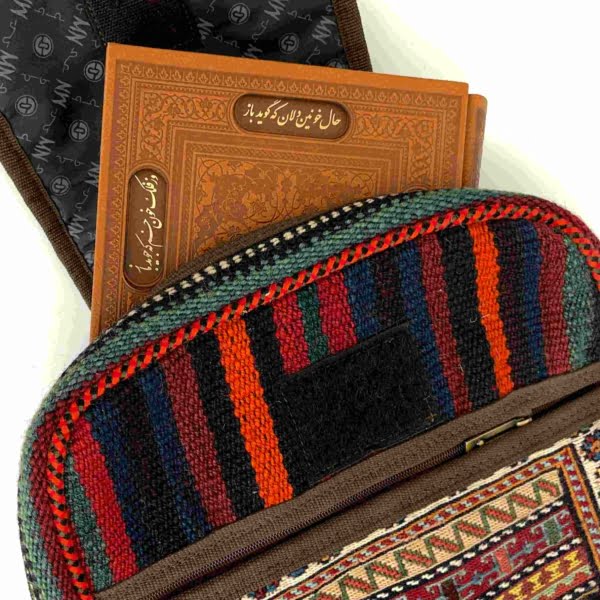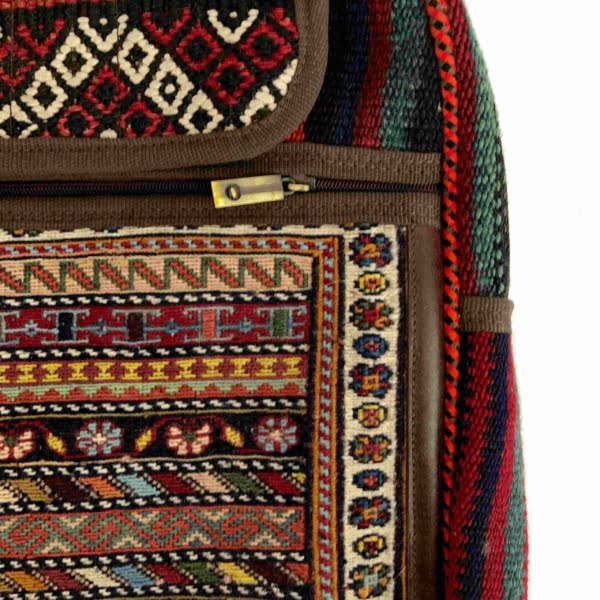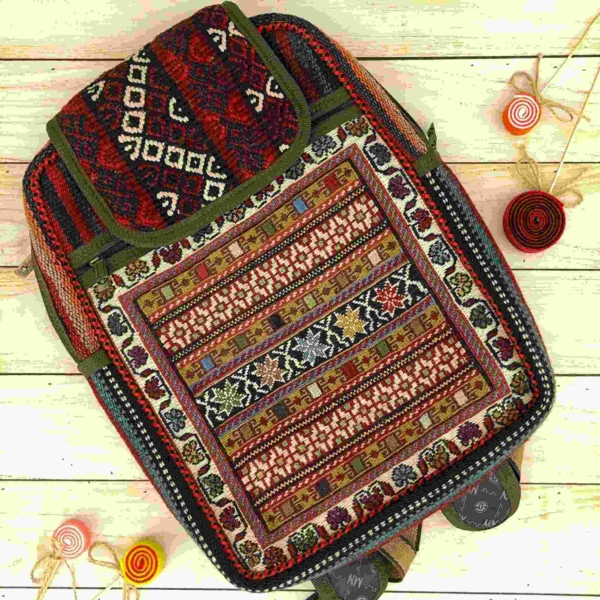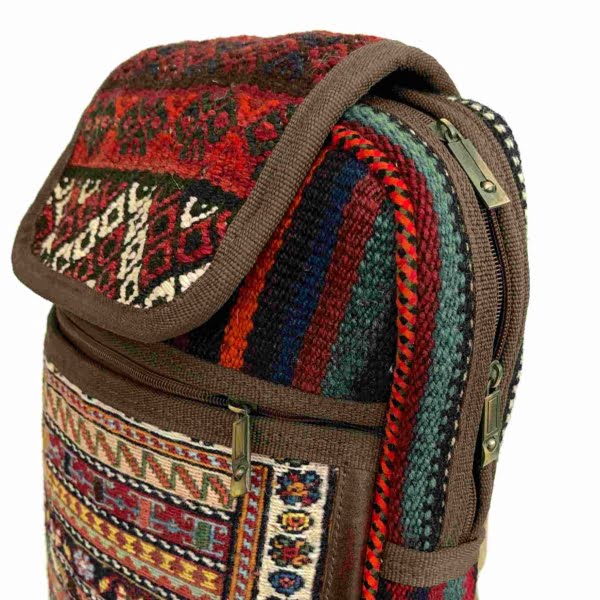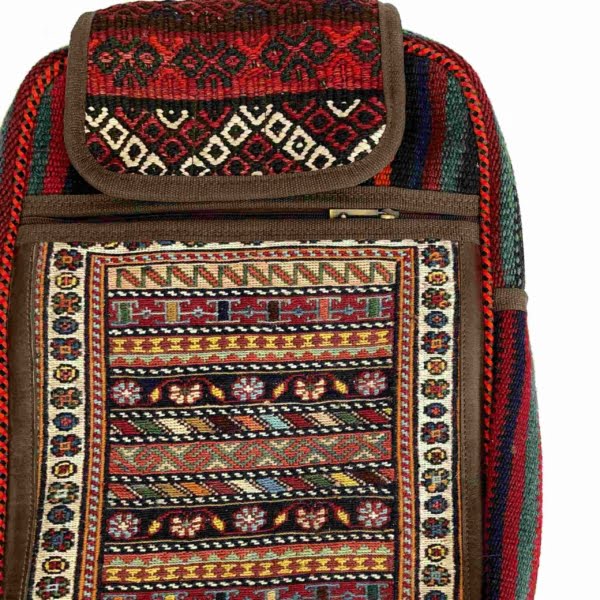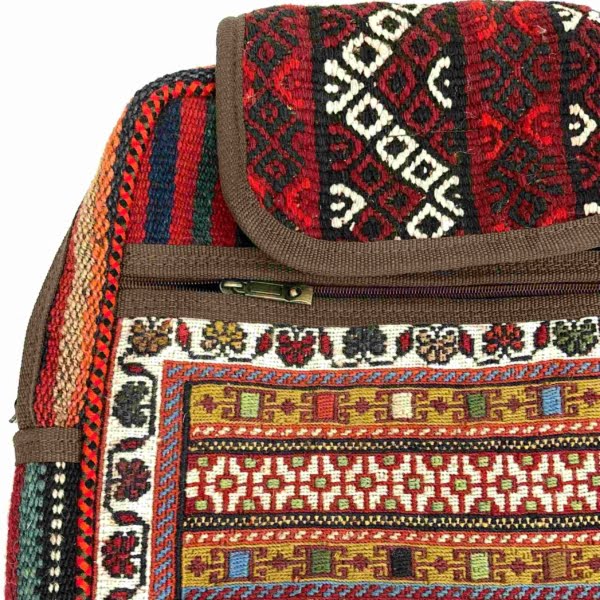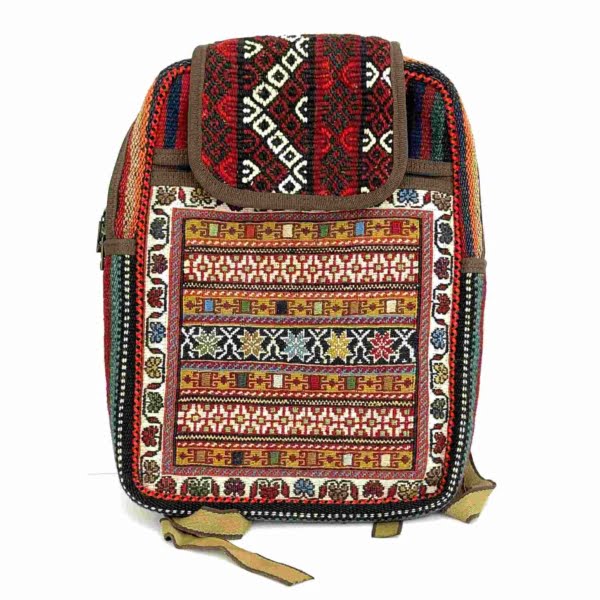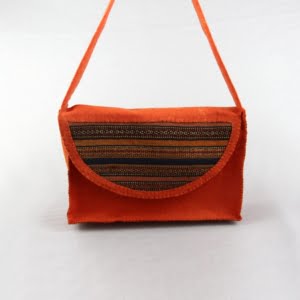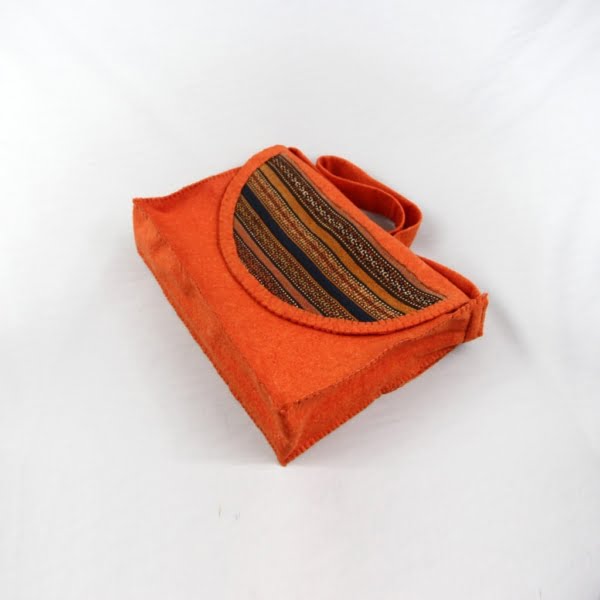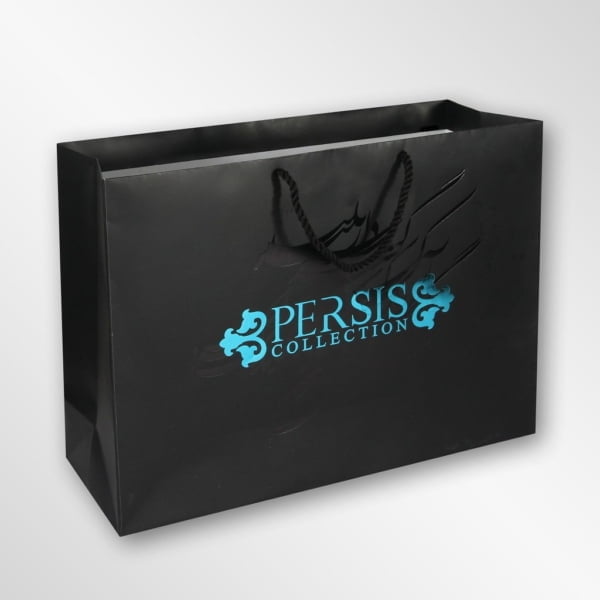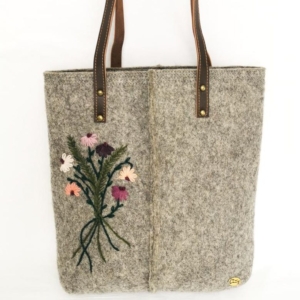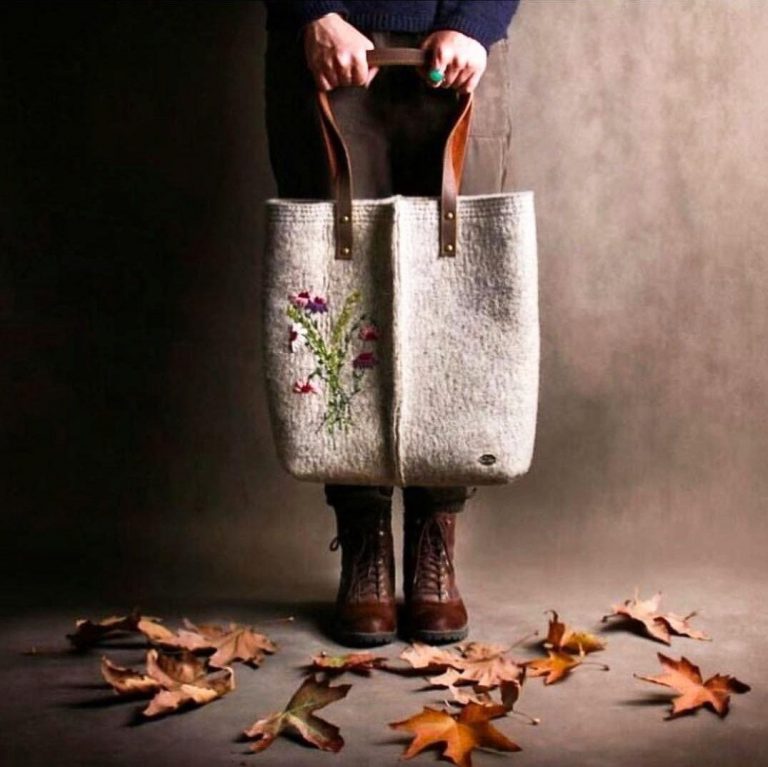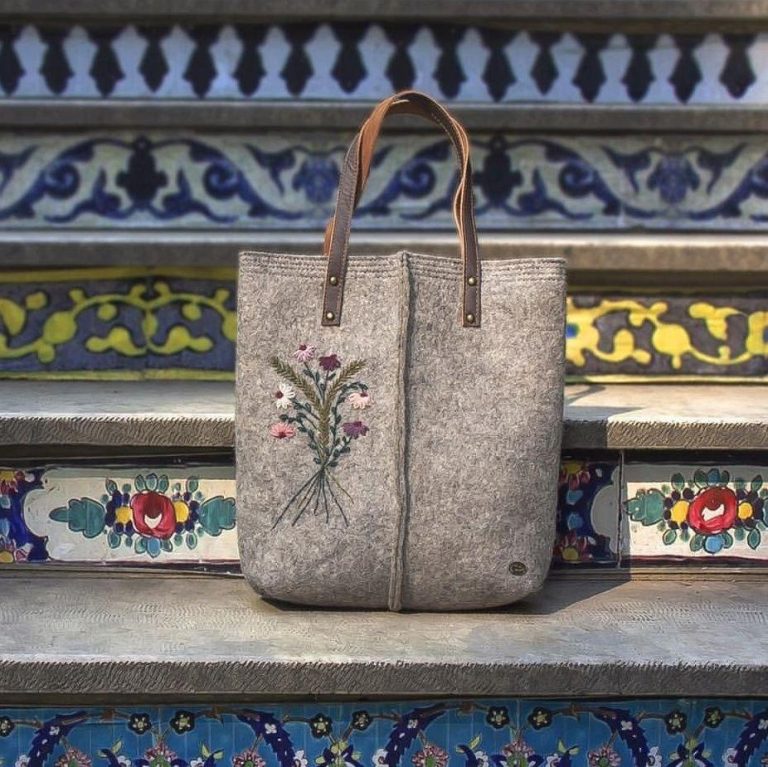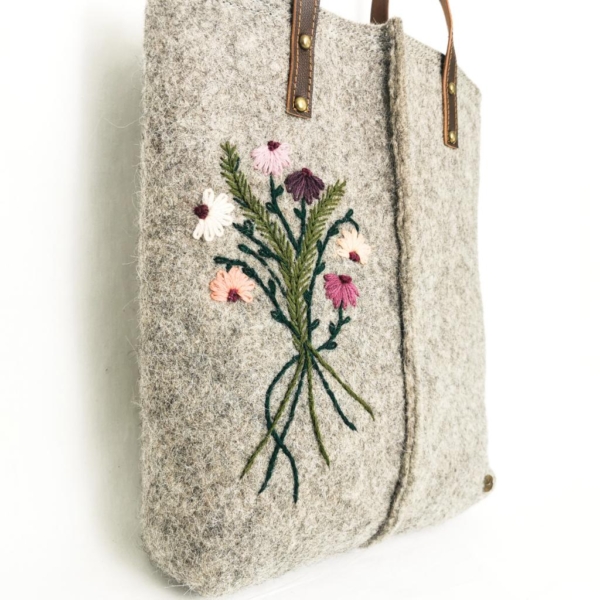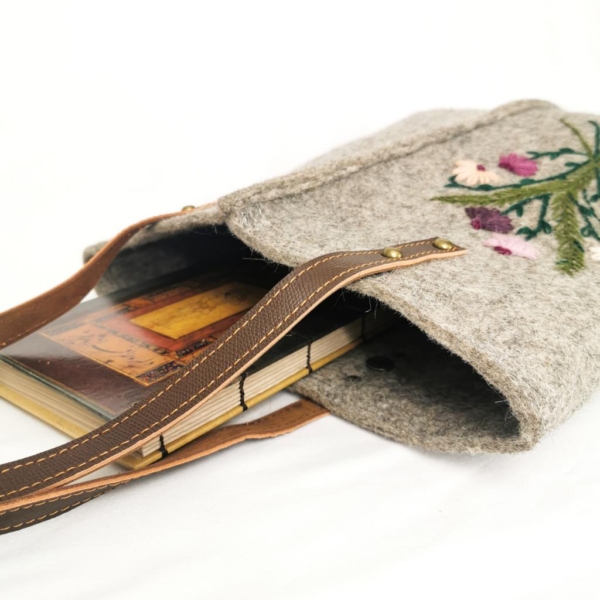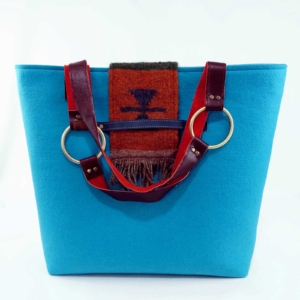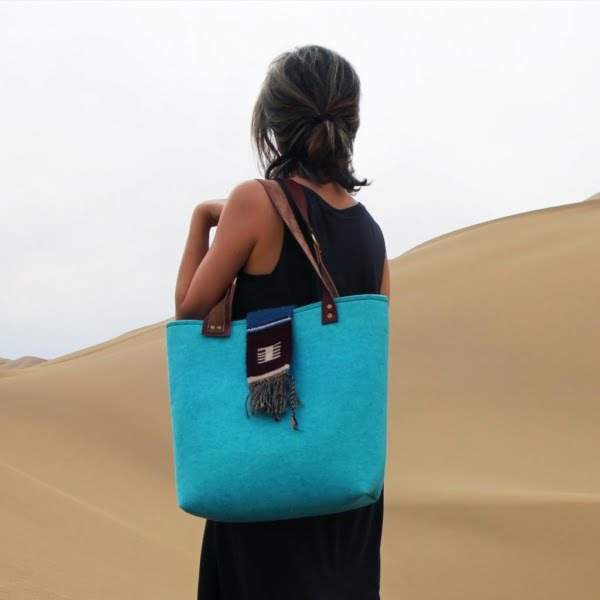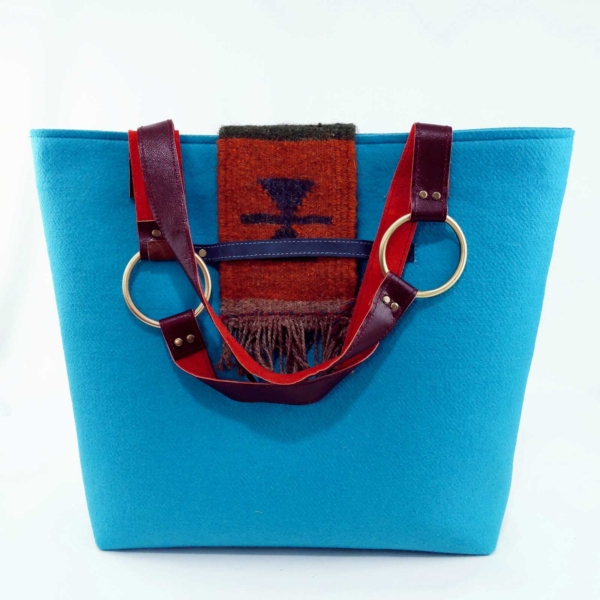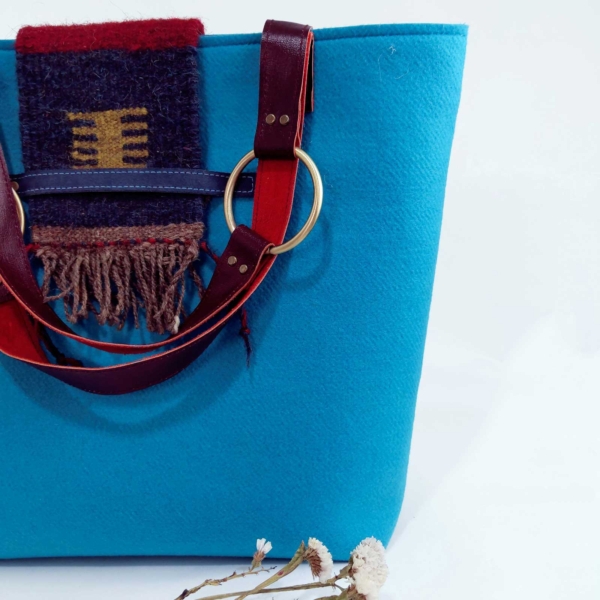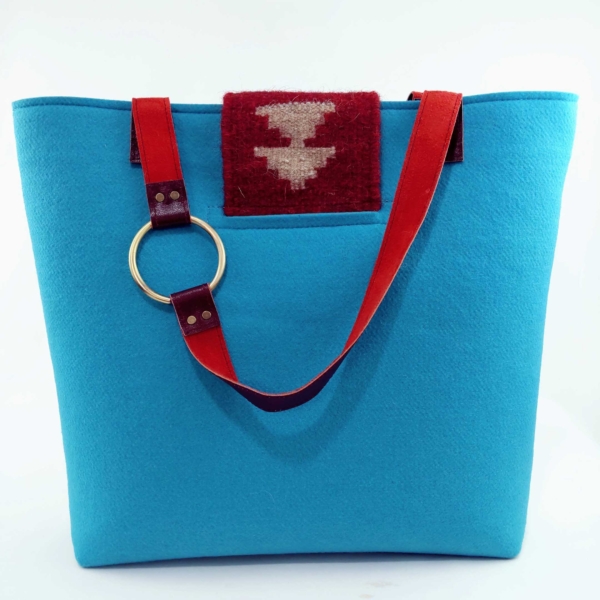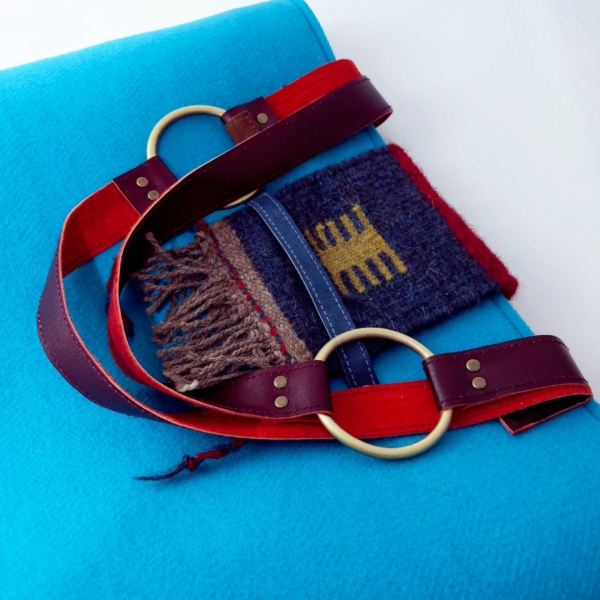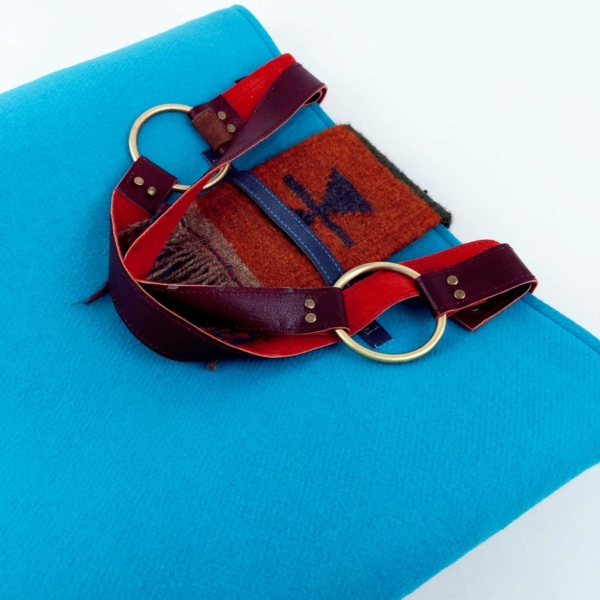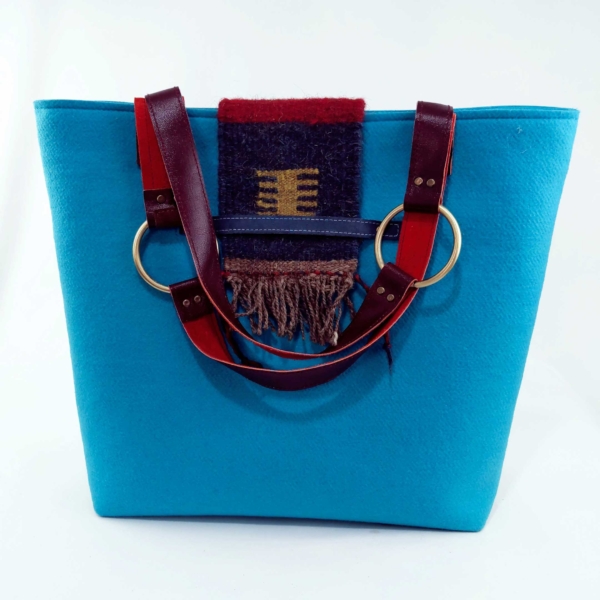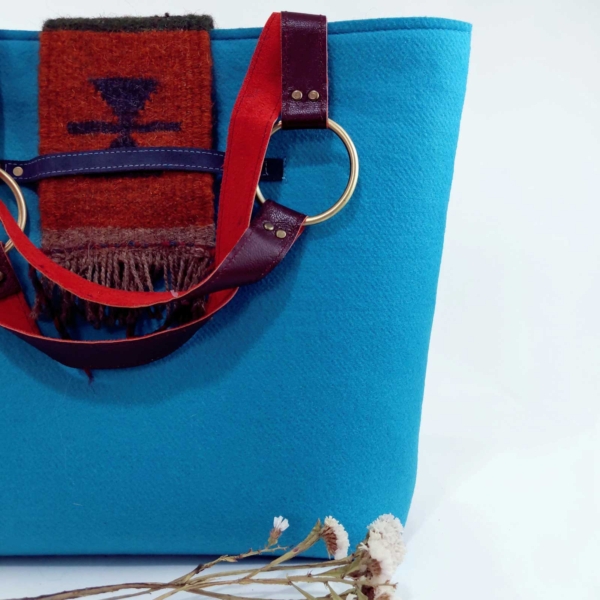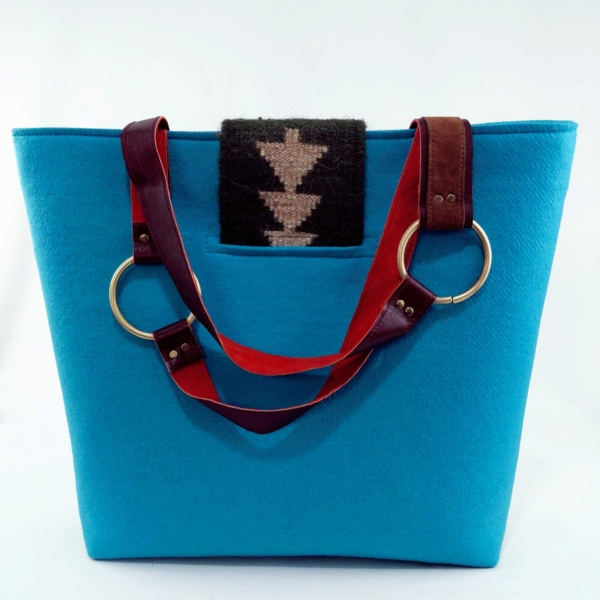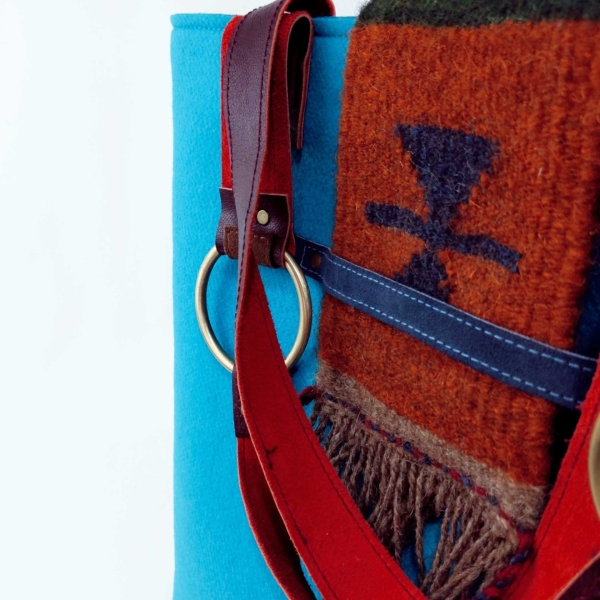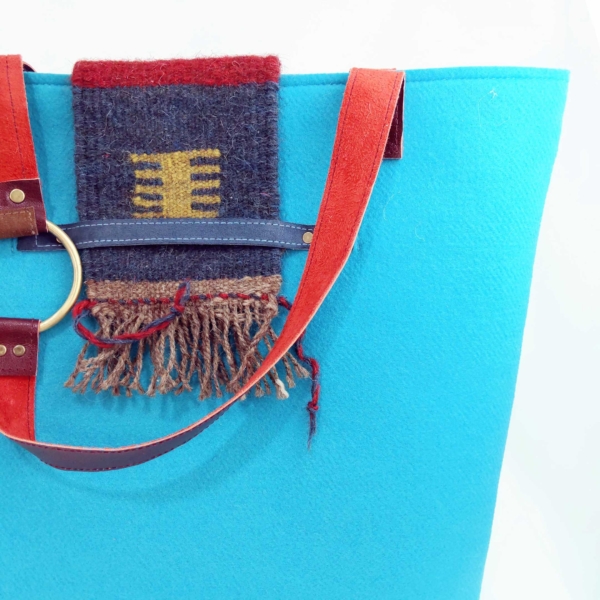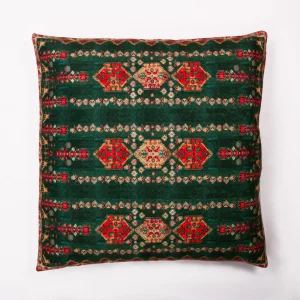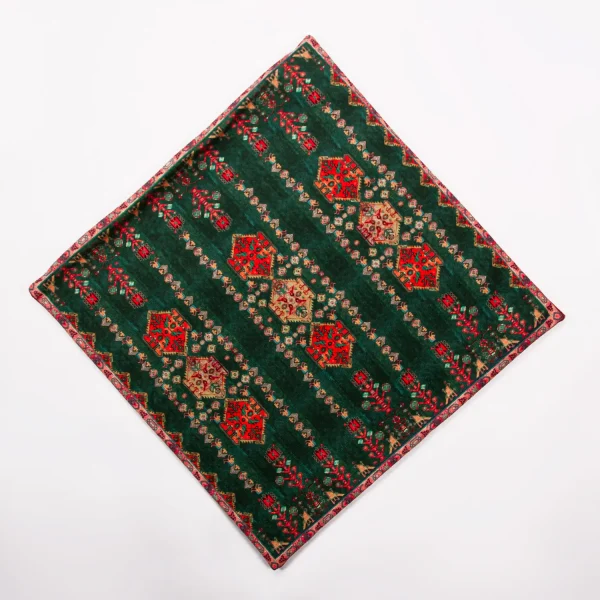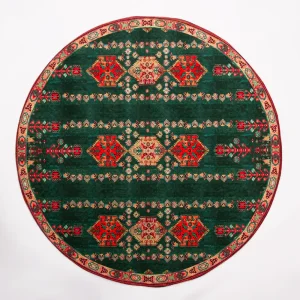Persian carpet
Step into the world of timeless elegance with our Persian Carpets collection, where tradition meets luxury. we bring you a curated selection of Handmade Persian Carpets, each piece crafted to perfection, adding warmth and beauty to your living spaces.
Persian Script Rug Art – Timeless Wall Décor
$140.80 – $281.60Select options This product has multiple variants. The options may be chosen on the product pagePersian Bakhtiari Rug Wall Art 38 x 50cm
Original price was: $126.72.$74.24Current price is: $74.24.Add to cartHand Woven Kilim with Yarn
$42.24Select options This product has multiple variants. The options may be chosen on the product pageTurkmen Rug Poshti Cover 120 x 60cm
Original price was: $422.40.$253.44Current price is: $253.44.Add to cartJajim Handmade Qashqai Backpack
Original price was: $138.24.$99.84Current price is: $99.84.Add to cartRegal Green Carpet Design Cushion Cover
Original price was: $21.76.$16.64Current price is: $16.64.Add to cartPersian Carpets: A Legacy of Elegance & Craftsmanship
The History & Heritage of Persian Carpets
Persian carpets are more than just floor coverings; they are works of art woven with history, tradition, and unparalleled craftsmanship. Known for their intricate designs, rich colors, and durability, Persian carpets have been cherished across generations. At Persis Collection, we offer an exclusive selection of handwoven Persian rugs, vintage Iranian carpets, and modern designs, making us the leading Persian carpet shop online.
Why Persian Carpets Are Unique
Timeless Craftsmanship – Woven using centuries-old Persian techniques.
Rich Patterns & Colors – Featuring floral, medallion, and geometric motifs.
Sourced from Iran’s Finest Carpet Weavers – Guaranteed authenticity.
Types of Persian Carpets & Their Unique Features
1. Traditional Handwoven Persian Carpets
Handwoven Persian carpets are renowned for their fine craftsmanship and intricate designs. These carpets are crafted by master weavers in Isfahan, Tabriz, Kashan, and Qom, each region offering a distinct artistic style.
Best-Selling Traditional Persian Carpets:
Tabriz Persian Rugs – Famous for detailed medallion patterns and high knot density.
Kashan Persian Carpets – Known for floral motifs and deep, rich colors.
Isfahan Rugs – Luxurious silk and wool blends with fine details.
2. Vintage & Antique Persian Carpets
Vintage Persian carpets offer a classic, aged charm that complements both modern and traditional interiors. With faded colors and distressed textures, these rugs tell a story of history and heritage.
Popular Vintage Carpet Styles:
Antique Tabriz Rugs – Iconic pieces with soft, muted tones.
Persian Gabbeh Rugs – Thick, tribal-style carpets with minimalistic designs.
Overdyed Persian Carpets – Revitalized with modern color treatments.
3. Modern Persian Carpet Designs
For those looking for a blend of tradition and contemporary aesthetics, modern Persian carpets feature bold patterns, vibrant hues, and abstract designs while maintaining authentic weaving techniques.
Trending Modern Persian Carpets:
Minimalist Persian Rugs – Subtle, elegant designs for contemporary homes.
Geometric Persian Carpets – Inspired by Persian tribal motifs with a modern touch.
Neutral-Toned Persian Rugs – Perfect for a minimalist or Scandinavian-style home.
Persian Carpets in Interior Design
Transform Your Home with Persian Carpets
Persian carpets serve as statement pieces, bringing warmth, elegance, and sophistication to any space. Whether placed in a living room, hallway, or office, a Persian carpet enhances the aesthetic appeal of your interiors.
Best Uses for Persian Carpets:
Persian Living Room Carpets – Luxurious focal points that elevate the space.
Persian Runner Rugs for Hallways – Adding depth and character to transitional areas.
Persian Wall Carpets – Decorative wall hangings showcasing Persian artistry.
Caring for Your Persian Carpet
Essential Tips for Maintenance
Regular Vacuuming – Prevents dust accumulation but avoid rotary brushes.
Rotate Periodically – Prevents uneven fading from sunlight exposure.
Handle Spills Immediately – Use mild detergent and avoid excessive moisture.
Use a Rug Pad – Protects the carpet and prevents slipping.
Long-Term Preservation & Investment Value
Authentic Persian rugs are valuable assets, often passed down as heirlooms. Proper care ensures they remain in excellent condition, preserving their artistic and financial value for generations.
Why Buy Persian Carpets from Persis Collection?
At Persis Collection, we take pride in offering the largest collection of authentic Persian carpets online, directly sourced from skilled Iranian artisans.
Our Benefits:
100% Handmade & Authentic Persian Carpets
Largest Persian Carpet Shop Online
Guaranteed Worldwide Delivery
Exclusive Vintage, Traditional & Modern Designs
FAQs: Persian Carpets & Online Shopping
Top Questions Asked About Persian Carpets
- What makes Persian carpets different from other rugs?
Persian carpets are handwoven with intricate designs, natural dyes, and high knot density, making them more durable and artistic than machine-made rugs. - Where can I buy authentic Persian carpets online?
You can find authentic Persian carpets at Persis Collection, the largest and most trusted Persian carpet shop with worldwide delivery. - Are Persian carpets a good investment?
Yes! Genuine handwoven Persian carpets increase in value over time, making them both a decorative and financial investment. - How can I verify the authenticity of a Persian carpet?
A real Persian carpet is hand-knotted with natural fibers like wool or silk, has a dense weave, and is crafted in Iran. - What size Persian carpet should I choose for my home?
It depends on the space! Large carpets suit living rooms, runners work well for hallways, and smaller rugs enhance bedrooms or offices. - How do I care for my Persian carpet?
Regular vacuuming, avoiding moisture, rotating the rug, and professional cleaning every few years will keep it in top condition. - Are Persian carpets suitable for modern interiors?
Yes! Persian carpets blend beautifully with modern, minimalist, and classic décor, adding character and warmth. - Do you offer Persian carpets in custom sizes?
Yes, Persis Collection offers custom Persian carpets tailored to your size and design preferences. - Can I return or exchange my Persian carpet?
Yes! We offer hassle-free returns and exchanges, ensuring 100% customer satisfaction. - Why choose Persis Collection for Persian carpets?
Persis Collection is the largest online Iranian carpet shop, offering high-quality, handwoven Persian carpets with secure worldwide shipping.






